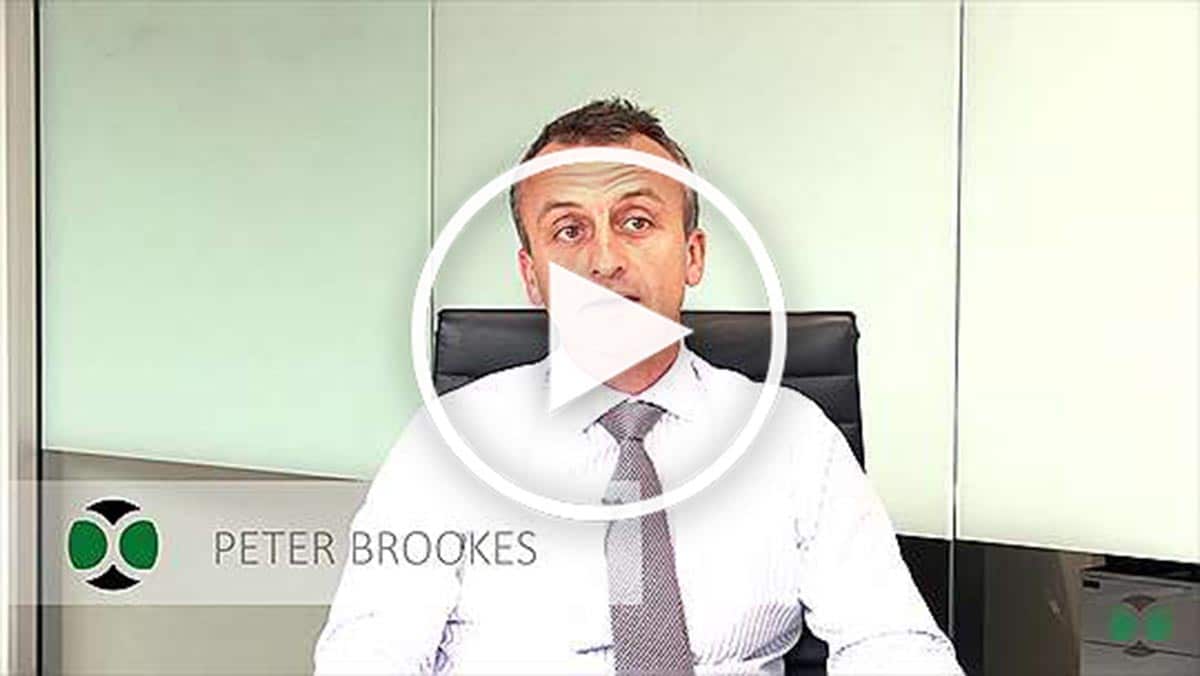With all the indications of further multi-billion dollar cross-border deals in 2016, the role of sophisticated transaction communication has never been more important.
As 2015 draws to a close one of the key trends of the year has been the rise of the offshore mega deal, including some eye-wateringly large transactions in the US and Europe. The action has been fast and furious across numerous sectors with the likes of SABMiller and Anheuser-Busch Inbev working through the finer details of a US$105bn merger, and the highly acquisitive Pfizer back on the hunt for a large scale deal, securing a $US160bn merger with Allergen to create the world’s dominant drug manufacturer.
On top of that we have had Heinz and Kraft’s US$46bn deal, the US$67bn Dell-EMC merger, Dow Chemical and Dupot in $US130bn merger discussions and, Marriot International seeking refuge from the looming disruptive shadow of Airbnb with the US$12bn acquisition of Starwood Hotels.
Will Father Christmas help push global M&A values past pre GFC 2007 levels before year end?
Mergermarket thinks it’s going to be touch and go with US$3.29 trillion in deals done this year to date, with the US$3.67 trillion 2007 figure clearly in sight.
Source: Mergermarket, 2 November 2015
While corporate Australia has been watching these offshore mega deals unfold with a level of curiosity, we have not been immune to the action.
The Boards of Toll, Goodman Fielder, Asciano, and Santos have dusted off their takeover defence booklets as buyers have come knocking, attracted by a number of factors – whether it be a lower dollar, soft commodity markets, compelling industry fundamentals, or just an understanding that the share price retreat of some of these companies has been too severe.
Looking through the M&A crystal ball, Ernst & Young suggests deal growth is expected to continue into the New Year, with its biannual survey of 1,600 executives in 53 countries finding that four out of five global executives (83%) expect activity to increase and 59% of companies are planning to initiate an acquisition in the next 12 months. Some of this action is likely to find its way to our shores.
Having on-the-ground transaction communication support is crucial. Whilst offshore companies need to grapple with a raft of legal and regulatory nuances when entering the Australian market, the one area that often elicits a raised eyebrow is explaining the Australian media landscape, which more often than not is a completely different beast from their home turf.
As a general comment, the Australian market has a habit of magnifying the media scrutiny given to a deal, when compared to the overall transaction size. A $3 billion deal announced between two US Public companies, for example, may receive limited attention in its home market. However, if one of those companies was to announce a similar sized M&A deal in Australia, then they need to be prepared for managing the impact of wall to wall media coverage. Ultimately we have a mature media market and not enough diversity of stocks, particularly large caps, when a deal breaks or there is even a whiff of a deal, companies need to be ready for the ride.
It can be a quite a wake up call for an offshore domiciled CEO to be reading about his unannounced deal in AFR’s Street Talk or The Australian’s DataRoom column. “What is this column? How did it get there? What do I do next?” are the first three questions we are usually asked, and often prior to 6am!
Next we have a large pool of informed and highly experienced business commentariat, who will scrutinise every aspect of a transaction, including sensitive regulatory aspects related to the ACCC, FIRB and potentially the Takeovers Panel. Australia is as parochial-a-market as any in the world and the media reflects that when cross-border transactions are on the story menu.
Then there is an obsession, driven by the need to get more eyeballs reading the business pages, to find the ‘colour’ behind a transaction. Only in Australia will you find media quizzing a CEO on where and when was the deal was signed and what type of champagne was being chilled for the after party. To top it off there is a growing proliferation of journalists and analysts feeding Australia’s SMSF led appetite for share tips and M&A recommendations. All this can backwash into home markets, where there are often shareholders, employees and other stakeholders to consider.
So there is an important educational piece up front with off-shore companies being prepared and understanding the dynamics of the Australian media market. Then a real hands-on approach is required during an actual deal, particularly given many offshore companies will only have a company spokesperson on the ground for very limited periods during the transaction.



